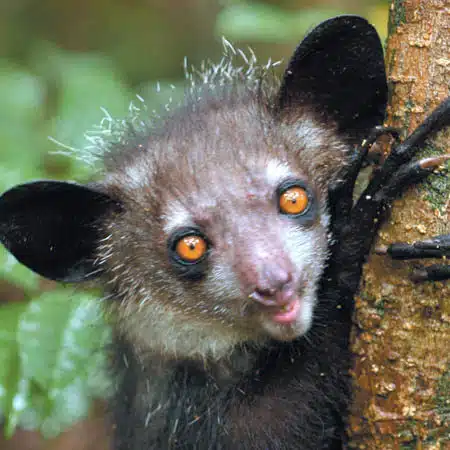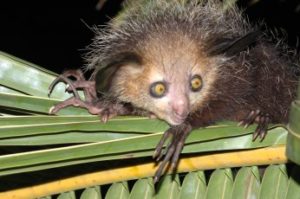Aye Aye or Aye-Aye Lemur
The Aye Aye (Daubentonia Madagascariensis), also known as the Aye-Aye Lemur, is one of the rarest and most elusive lemurs found in Madagascar. With its eerie appearance, long finger, and continuously growing teeth, it is undoubtedly one of the strangest lemurs to observe on the island.
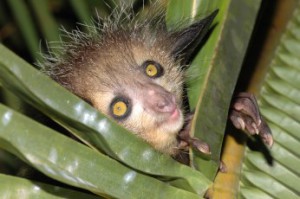 Its diet mainly consists of larvae that it extracts from fruits using its long finger, after tapping to locate them, and then gnawing on them with its teeth. The Aye-Aye fills the niche of a woodpecker from an ecological point of view, as it is able to penetrate wood to extract the invertebrates living inside. It is the only surviving member of the genus Daubentonia and the family Daubentoniidae, currently classified as endangered. Another species, Daubentonia robusta, seems to have become extinct at some point within the last 1000 years.
Its diet mainly consists of larvae that it extracts from fruits using its long finger, after tapping to locate them, and then gnawing on them with its teeth. The Aye-Aye fills the niche of a woodpecker from an ecological point of view, as it is able to penetrate wood to extract the invertebrates living inside. It is the only surviving member of the genus Daubentonia and the family Daubentoniidae, currently classified as endangered. Another species, Daubentonia robusta, seems to have become extinct at some point within the last 1000 years.
Its appearance would make some people shudder. Red eyes, dark fur, long fingers, large teeth… Behind this unsettling body structure lies the Aye-Aye, a lemur known to be the largest nocturnal lemur. The World’s Leading Primate
This animal has a length of 75 to 90 centimeters and can be observed in the forests of Madagascar at nightfall.
Behavior and Lifestyle
The Aye-Aye is a nocturnal and tree-dwelling animal, meaning it spends most of its life high up in the trees. Although they are known to occasionally come down to the ground, they sleep, eat, and mate in the trees and are most commonly found near the canopy where the dense foliage provides good cover.
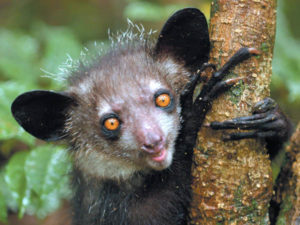
Multiple females overlap.
Males live in large territories, while females have smaller living spaces. Due to the large range, it is difficult for males to defend a single female. Regular scent markings with their cheeks and necks alert others to their presence and ward off intruders from their territory.
Like many other prosimians, the female Aye-Aye is dominant over the male. They are typically not monogamous and often challenge each other for mate selection. Males are very assertive in this way and sometimes even attract other males during mating.
Female away. Males are usually bound to females during mating sessions that can last up to an hour. Outside of mating, males and females only interact occasionally, usually during foraging. The Aye-Aye is believed to be the only primate that uses echolocation to find its prey.
Distribution and Habitat
Aye-Ayes are nocturnal animals, mainly living on the East Coast of Madagascar. Their natural habitat is rainforest or deciduous forest, but many live in cultivated areas due to deforestation. 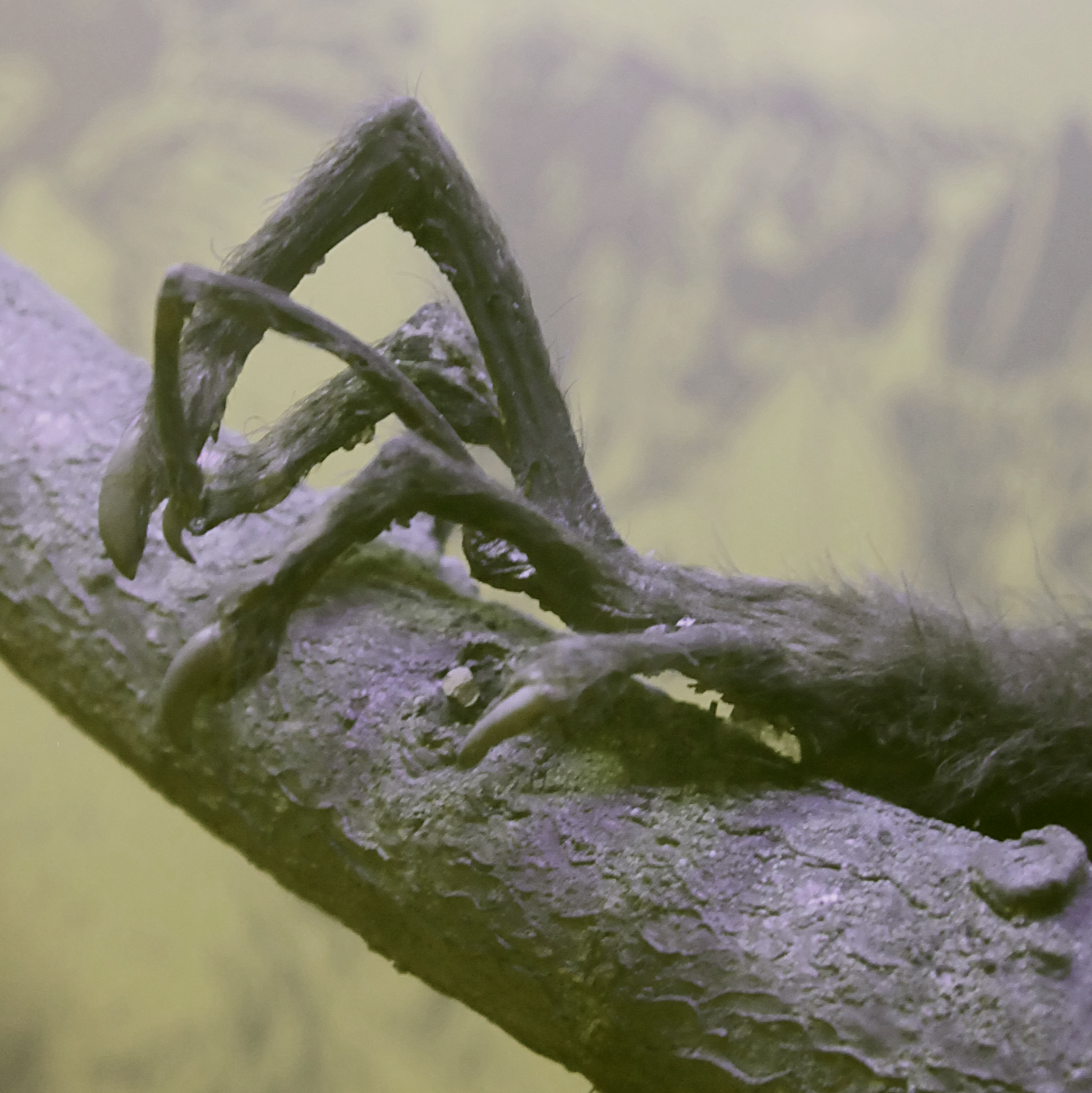
Nature Conservation
The Aye-Aye was considered extinct in 1933, but was rediscovered in 1957. Nine individuals were transferred to Nosy Mangabe, an island near Maroantsetra in eastern Madagascar, in 1966. Recent research shows that the Aye-Aye is more widespread than previously thought, but its conservation status was classified as Endangered in 2014.
This has three main reasons: the Aye-Aye is considered evil, the forests of Madagascar are being destroyed, and farmers kill. The Aye-Aye is often killed to protect crops and due to superstitions. However, there is no direct evidence to suggest that Aye-Ayes pose a legitimate threat to crops and are therefore killed based on superstition.
Where to observe Aye-Ayes?
As mentioned, Aye-Ayes are rare, shy, and only active at night. This limits the opportunities significantly, but a vacation in Madagascar can incorporate sightings of these animals into several tours:
- Andasibe and Sainte Marie where Aye-Ayes can be observed on a small island in the Pangalan Canal with absolute certainty.
- When driving on the extreme track to Maroantsetra, you can observe them in Mananara Nord.
- When visiting Masoala, whether with Arol Lodge or with Masoala Forest Lodge, you can observe them on the tiny island of Nosy Mangabe.
Folk Beliefs
Some of the Malagasy people consider Aye-ayes to be bad omens, although other legends see them as a good omen. When they are discovered, they are killed and hung upon sight to ward off evil spirits from travelers. Many Fady (Taboos) are associated with Aye-ayes.
Others believe that pointing at someone with the narrowest finger will bring them bad luck.
When an Aye-Aye is spotted, it is considered a harbinger of death. Some believe that the appearance of an Aye-Aye in a village predicts the death of a villager, and the only way to prevent this is by killing it.
The Sakalava even claim that Aye-Ayes sneak through the thatched roofs of houses and murder sleeping residents by piercing the victim’s aorta with their middle finger.

